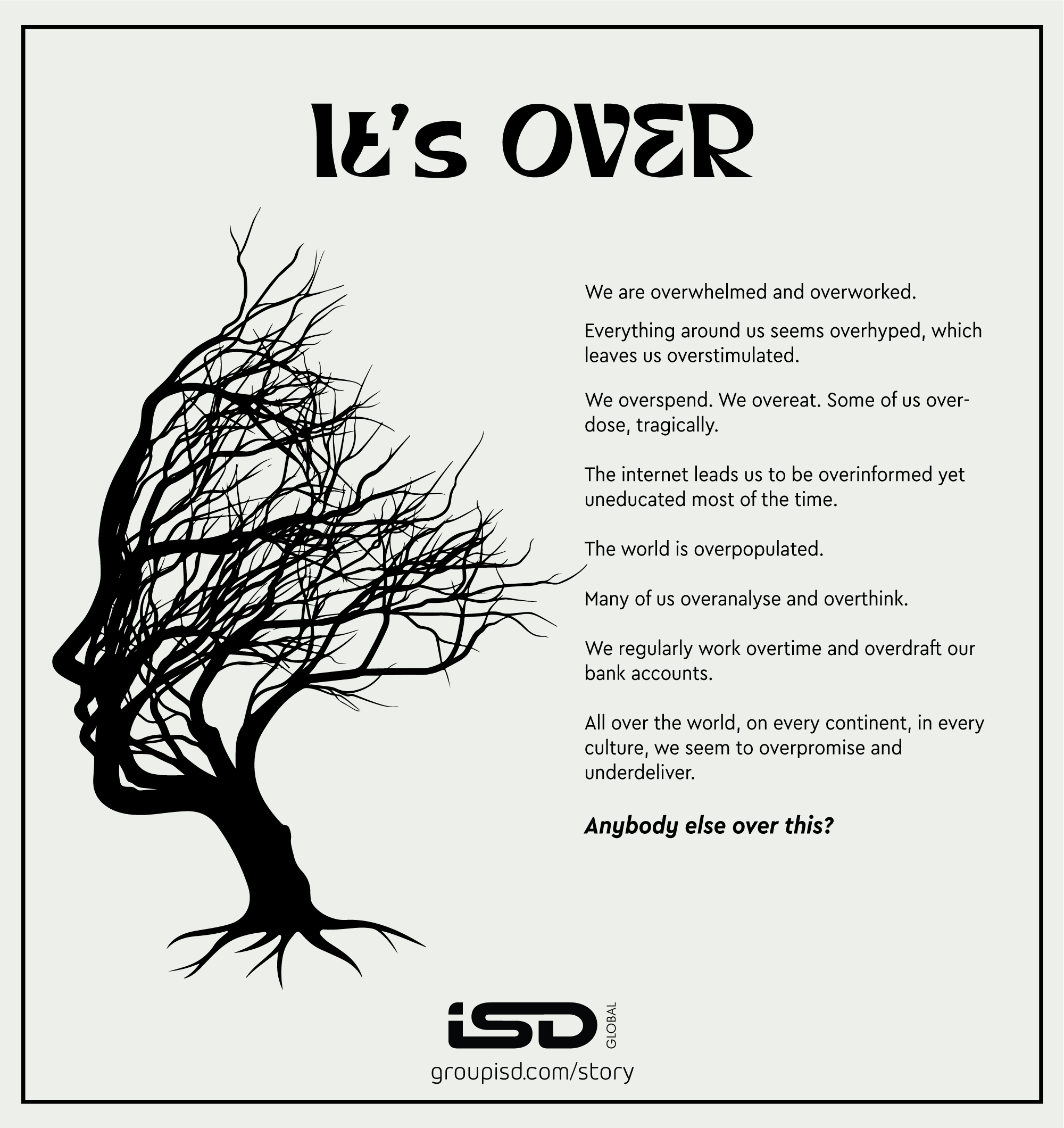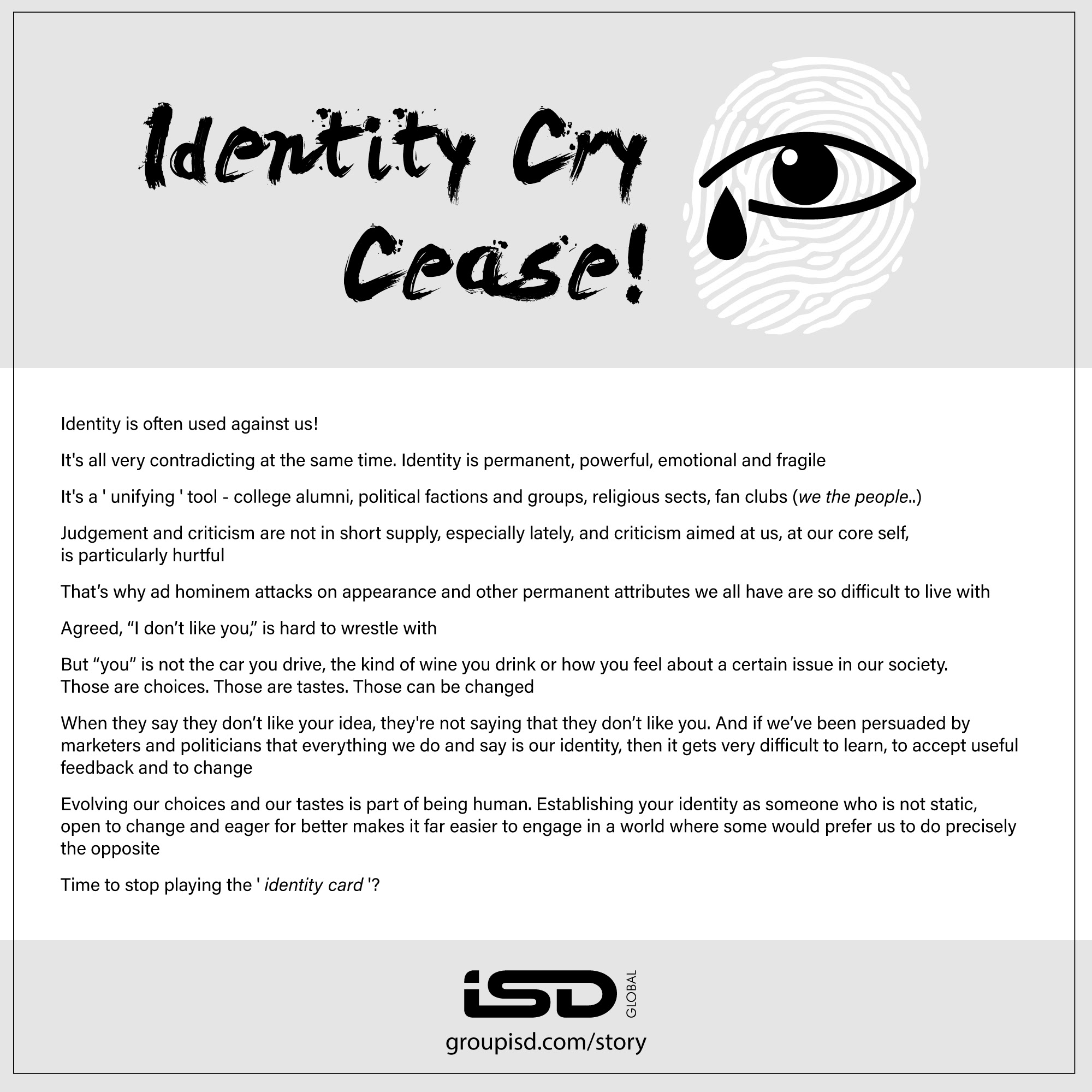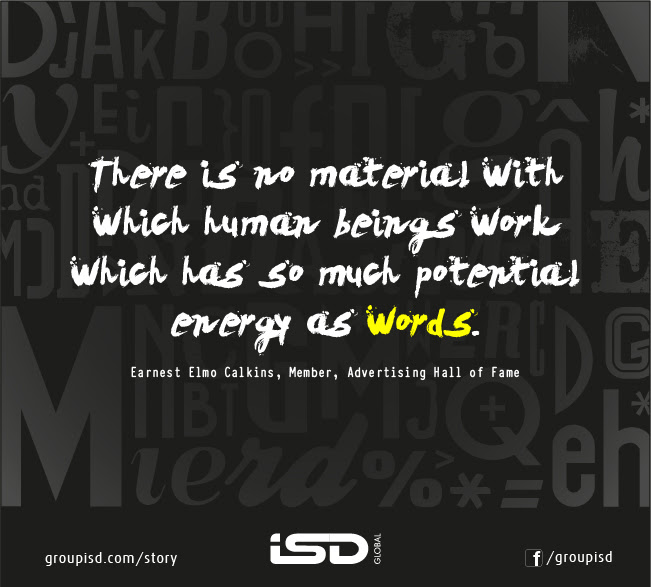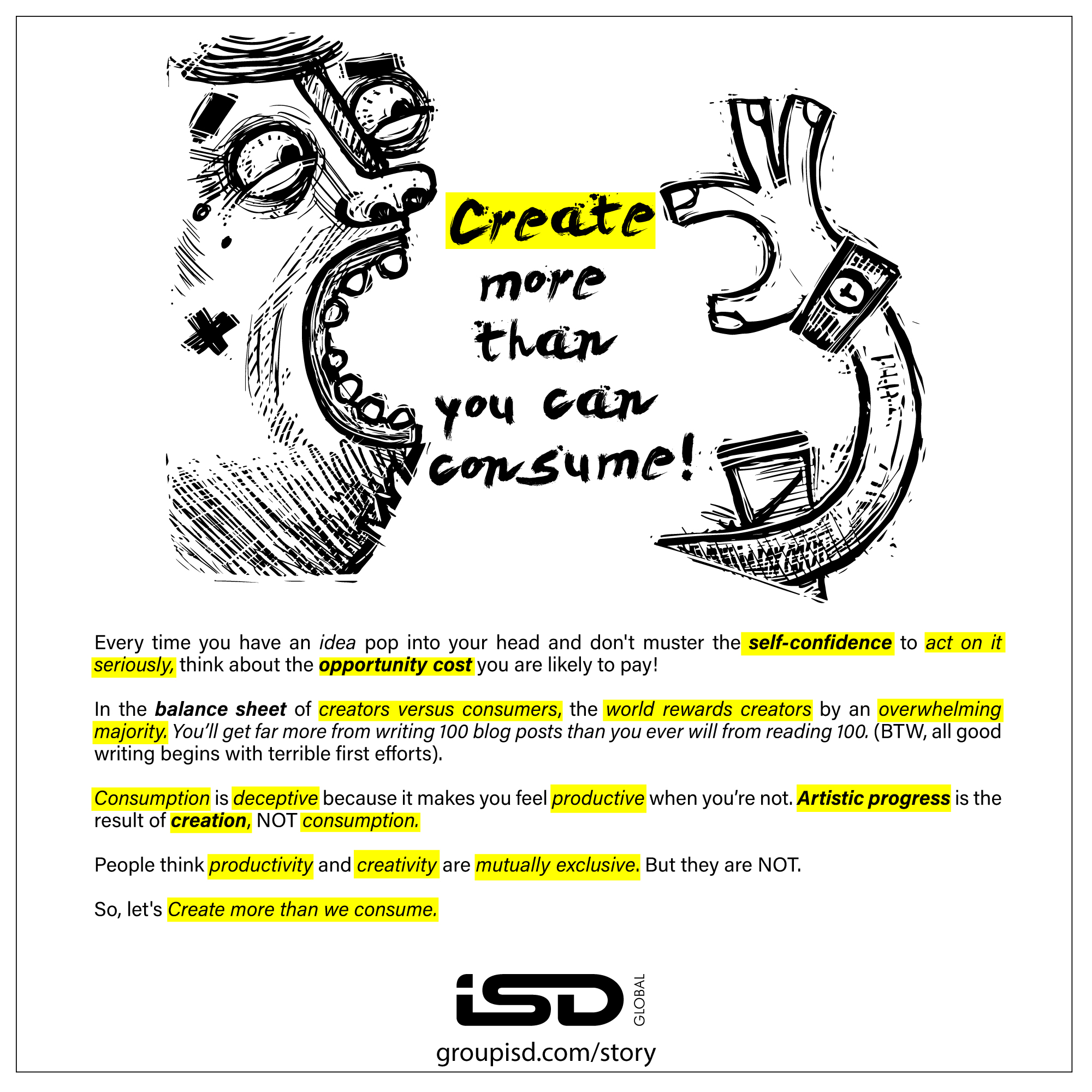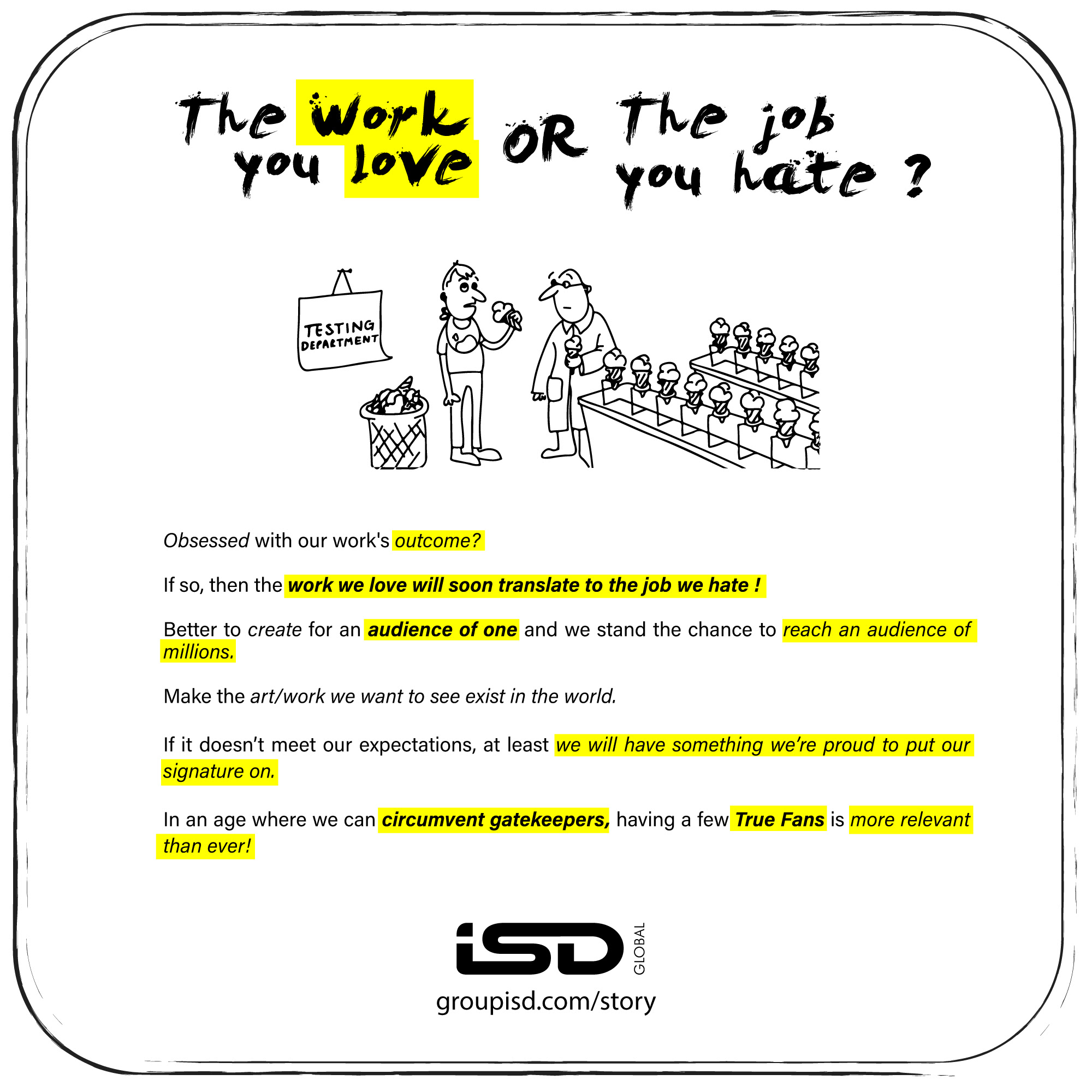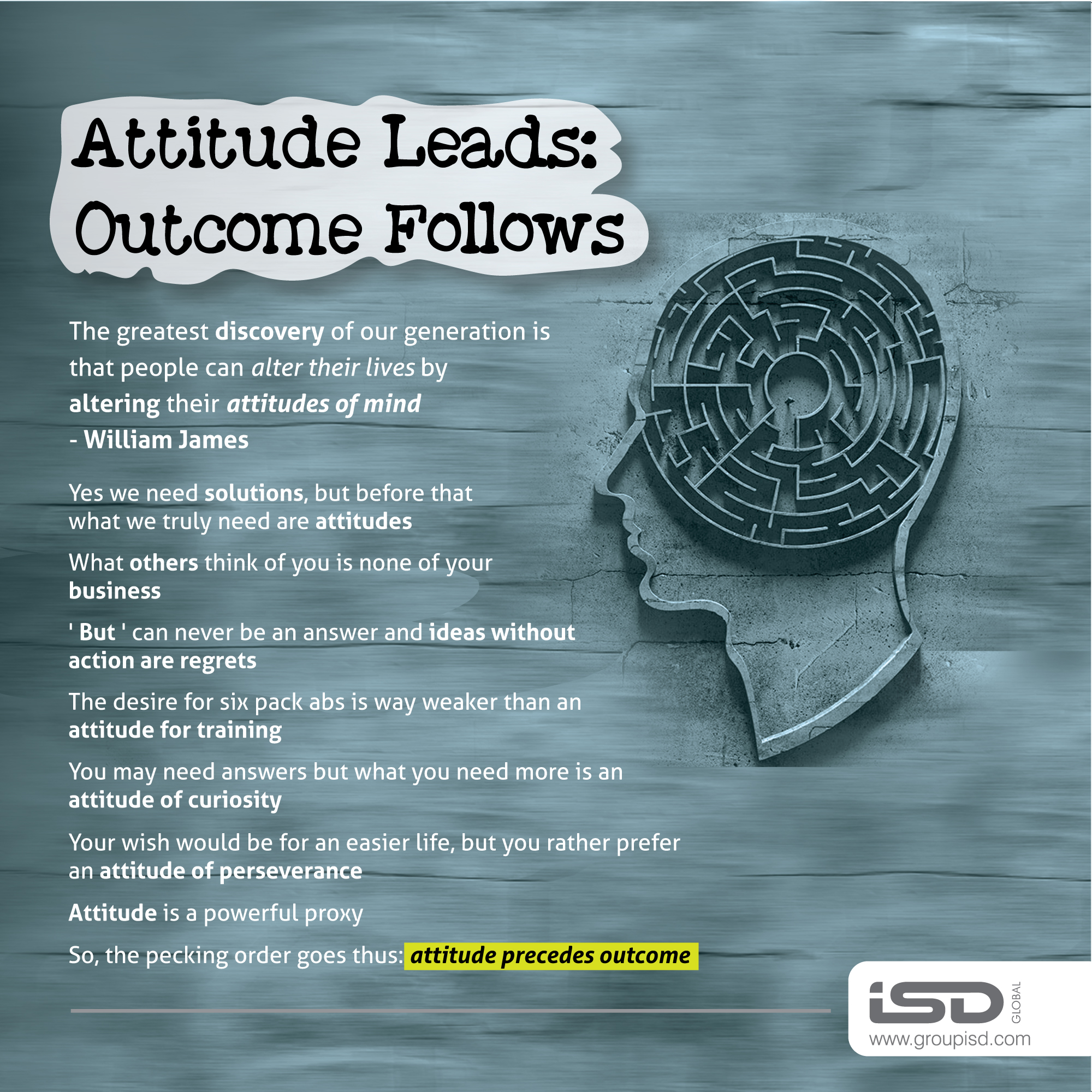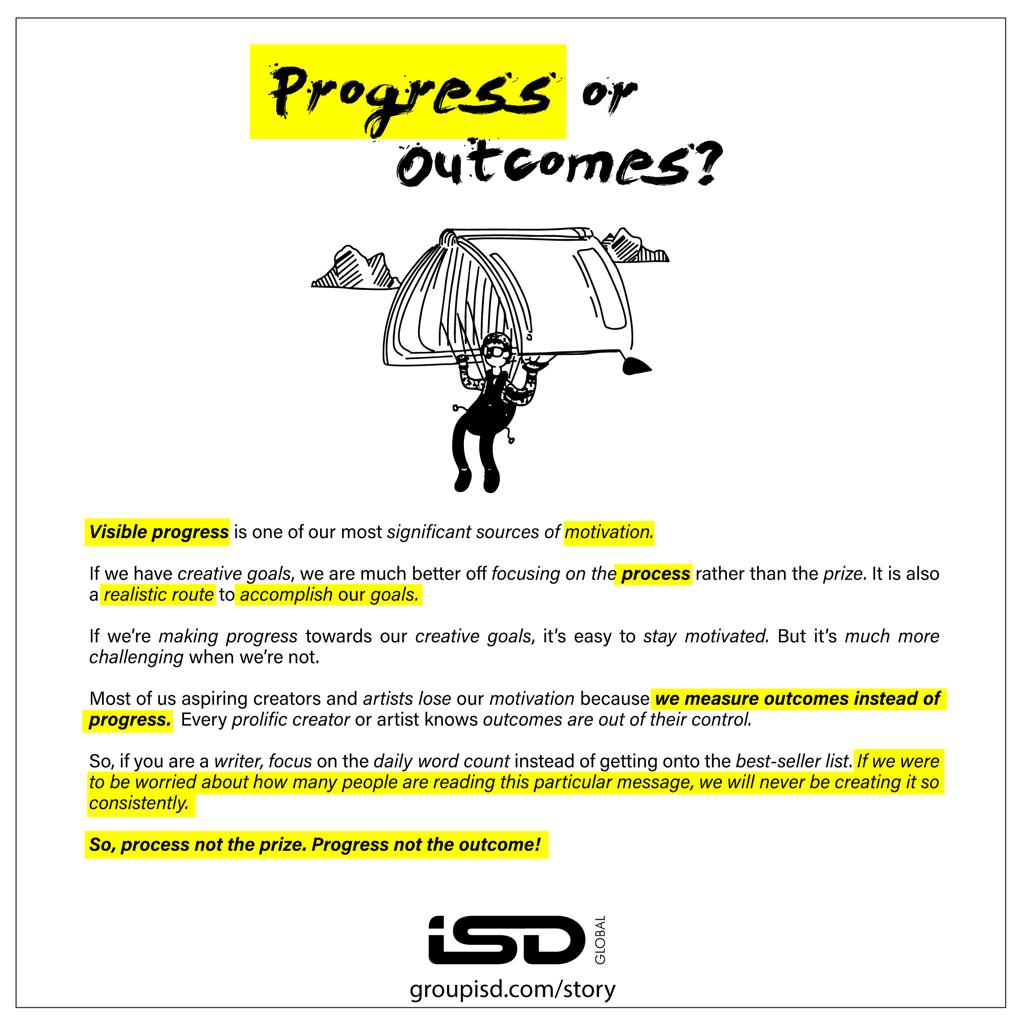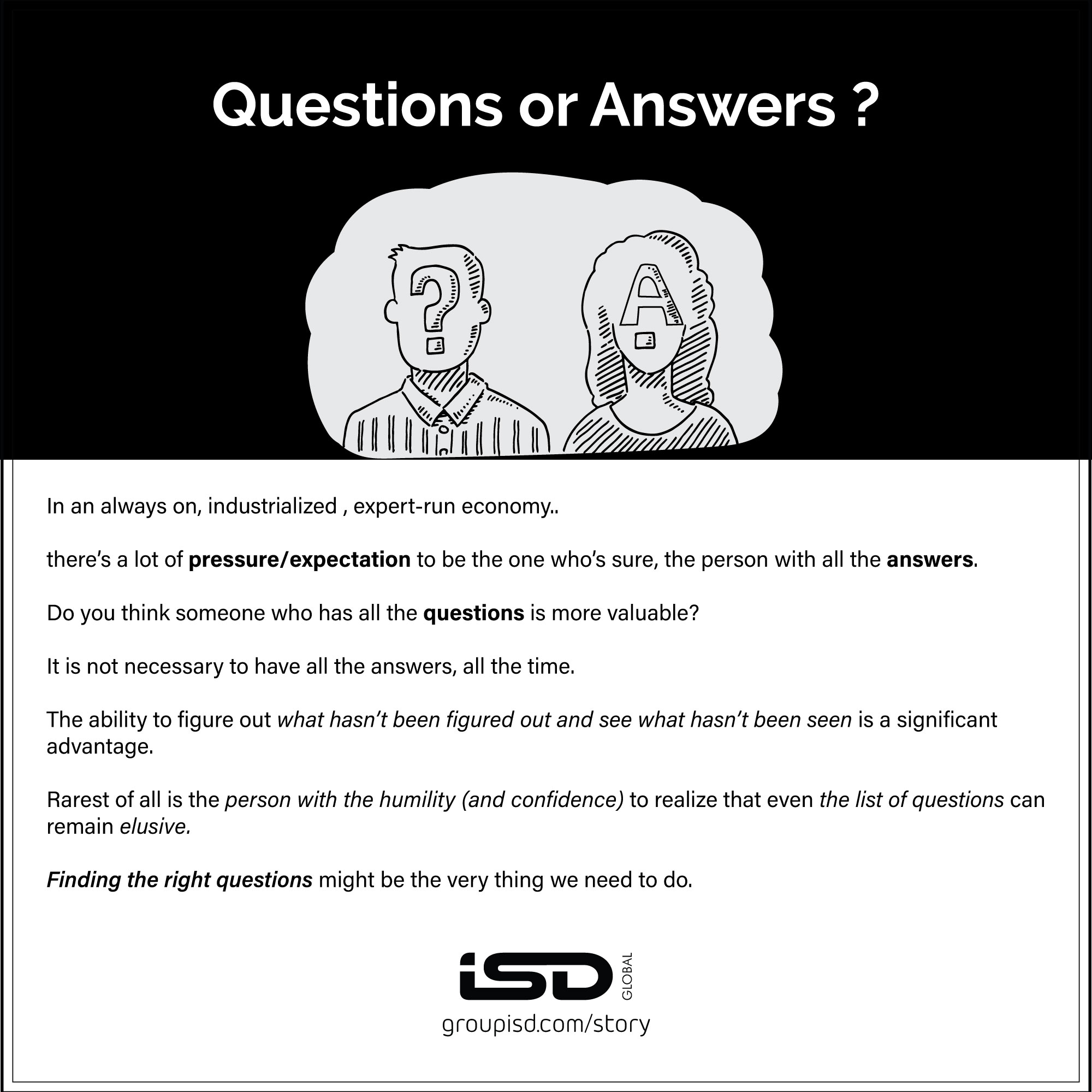We know that ideas are aplenty but ideas without action are regrets.
Actually I quite like some of the vocabulary that permeates social media communication. Often times you come across someone responding to your WhatsApp or DM with just one word ‘ Done ‘. This four letter word would surely be going along with the grain of crossing the bridge before coming to it. That said, notably, it is also a promise made in advance for action to follow.
So practice or principle? Practice, any time. Promise or performance ? It’s a no-brainer, ain’t it? Performance. Knowing, willing or doing? Doing wins hands down.
Author and screenwriter Ray Bradbury had this to say on the power of cumulative action:
“Action is hope. At the end of each day, when you’ve done your work, you lie there and think, Well, I’ll be damned, I did this today. It doesn’t matter how good it is, or how bad—you did it. At the end of the week you’ll have a certain amount of accumulation. At the end of a year, you look back and say, I’ll be damned, it’s been a good year.”
Attitude precedes outcome. You need to show up before inspiration knocks at your door.
There is no better domicile to be in than at the intersection of thinking, feeling and doing. That is where the biggest contributions stem from. The people that really create the things that change this world in their own little or big ways are both the thinker and doer in one person. As they say, it takes two to tango.
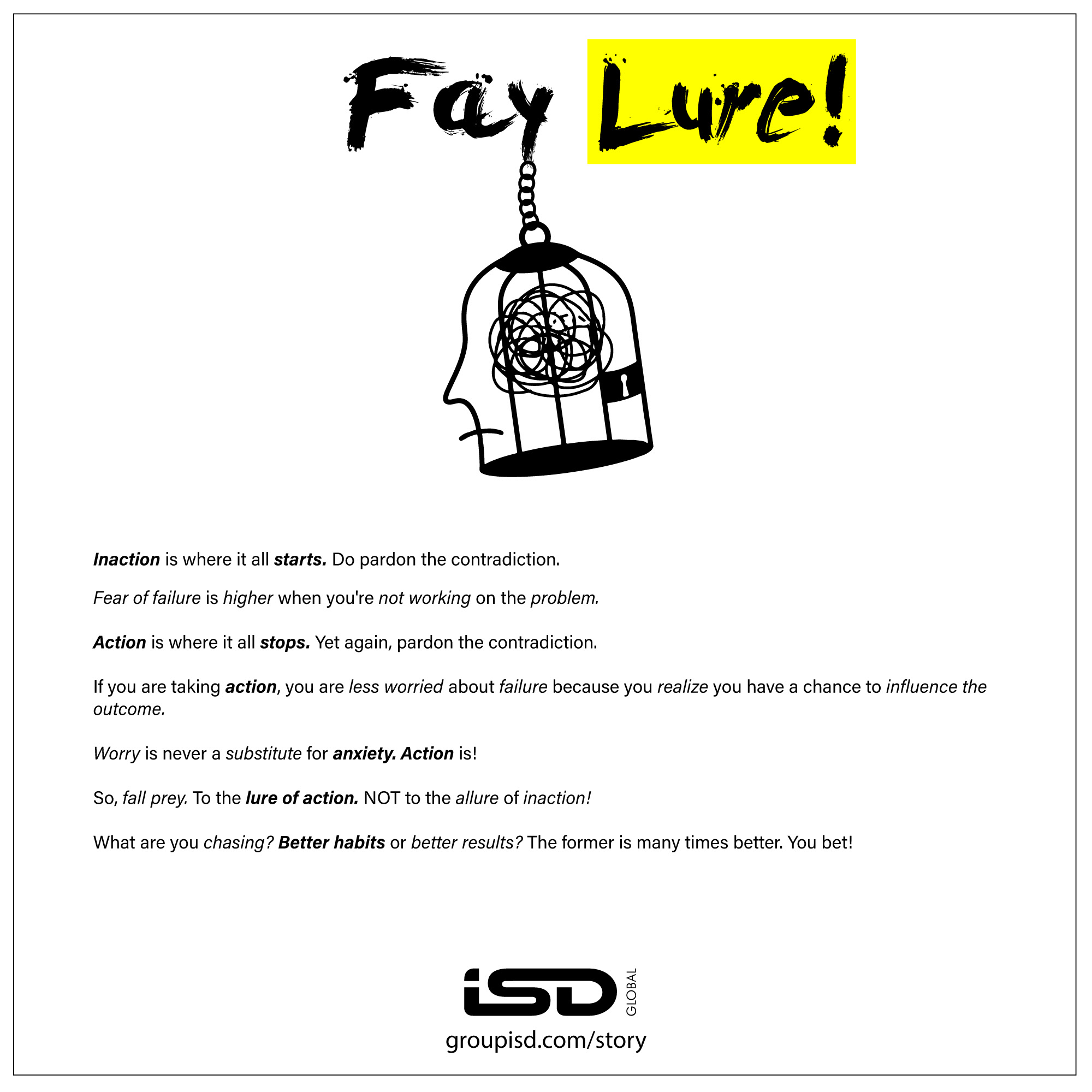
When we think about trying out a new restaurant or an outfit that you normally wouldn’t have or wave a flag against a policy that you are not in alignment with, it is easy to fall into the trap of expecting everyone to notice your action. But, alas, at most times, no one does. That’s because no one cares about the noise in our head (or the actions we take) nearly as much as we do. You might think it’s going to cause a big commotion when you do something that’s inconsistent, but if it’s generous and useful, it’ll simply happen. So stay the course.
We are enveloped by a system that resists the hustle, the action for the short-term. Because status quo is a comforting territory to be in. But patient, persistent and focused action can pay off.
The world is tumultuous. Urgency defeats emergency. The world needs your leadership. The journey of a thousand miles remember, begins with a single step.
Action precedes change. And as the as the seminal philosopher Marcus Aurelius quoted “ Universe is change. Life is just an opinion “.
ENDS

